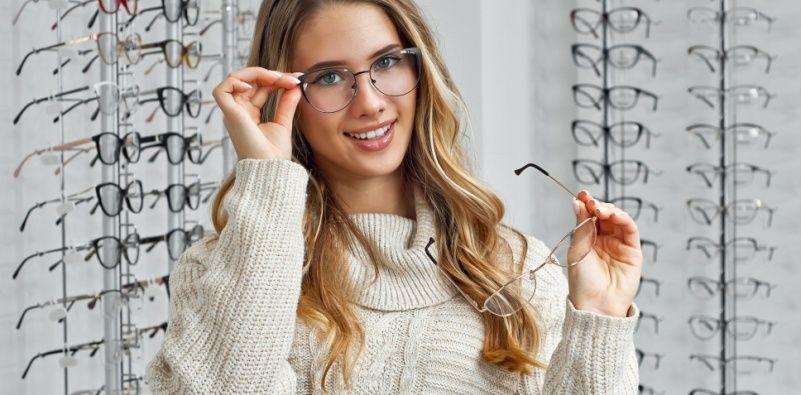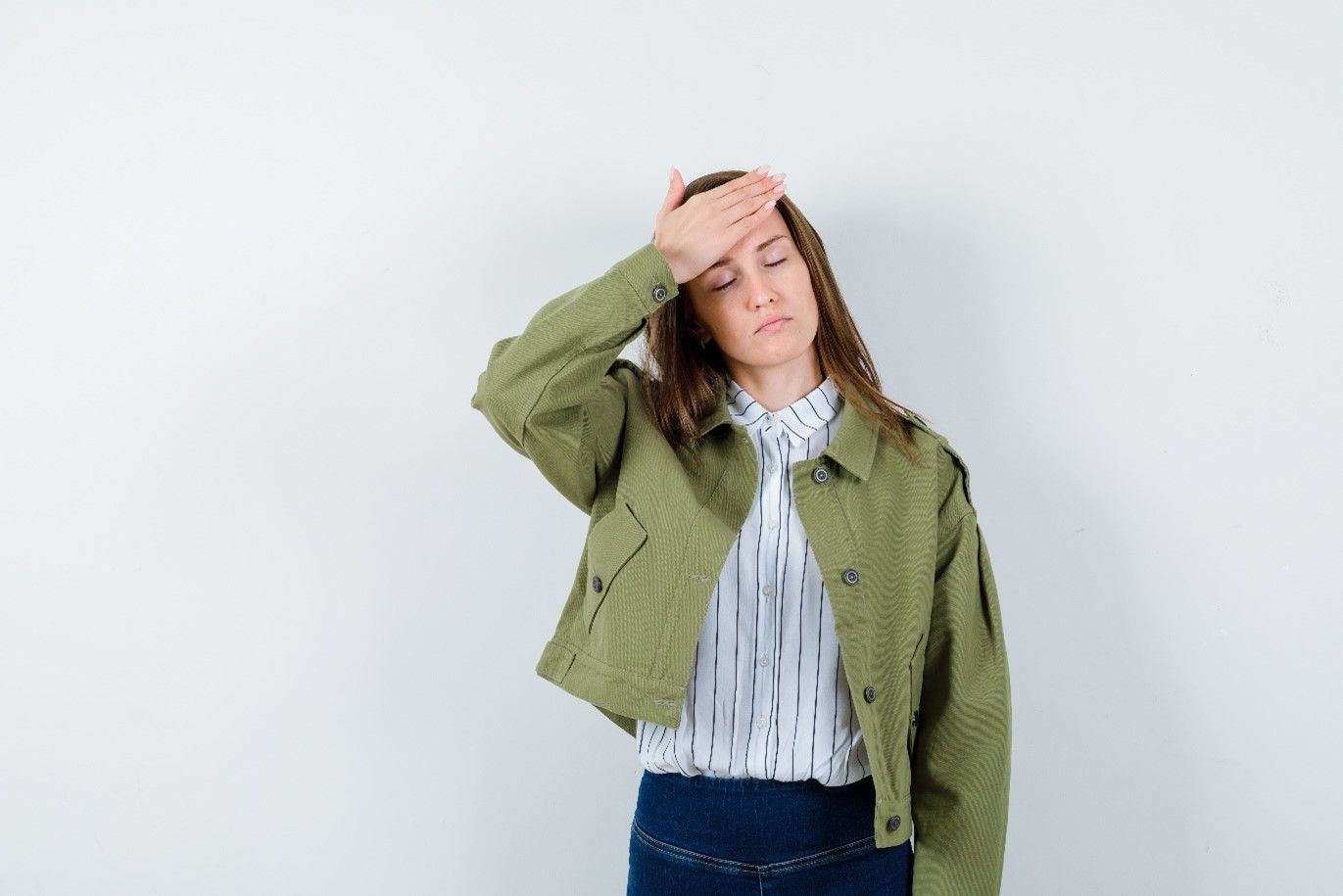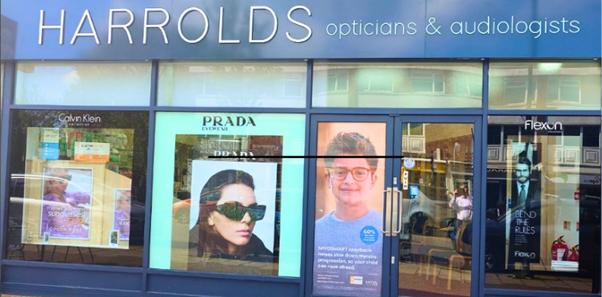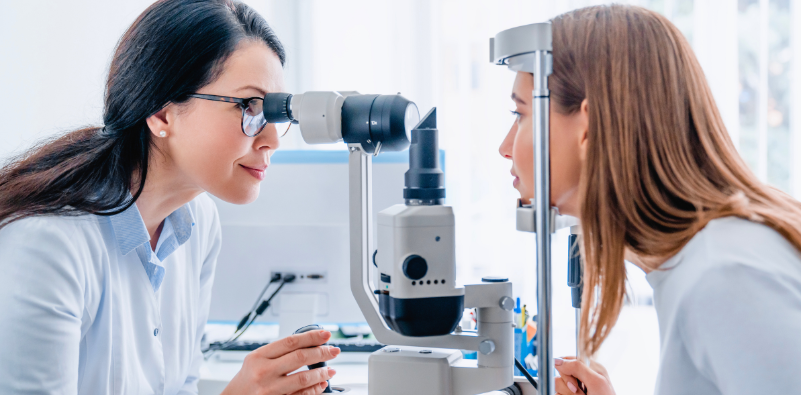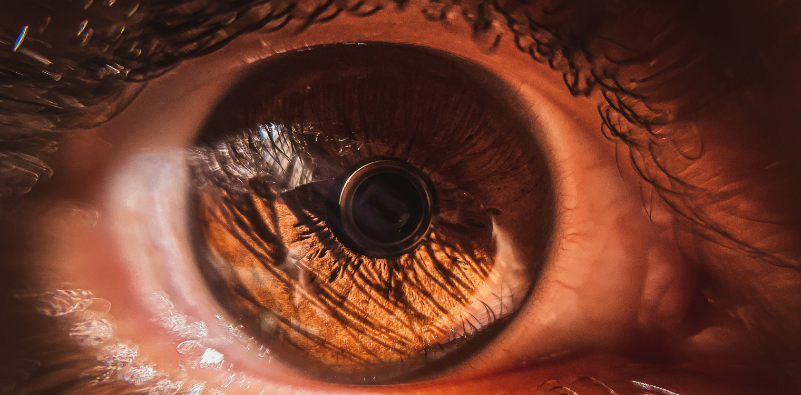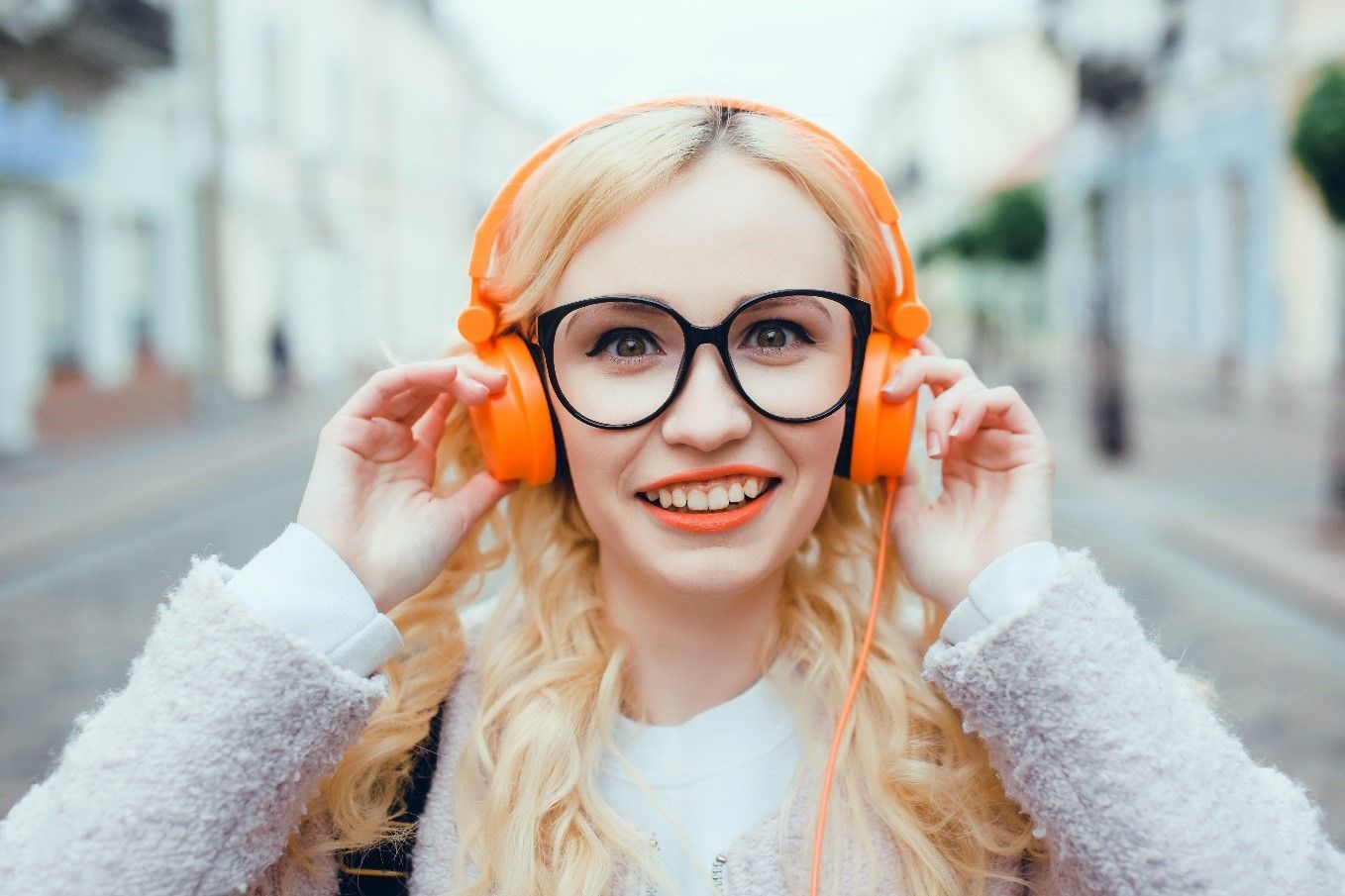Top Tips for Quitting Smoking
Eye health deteriorates as people age and other factors such as developing diabetes or smoking can also be detrimental to the health of your eyes. Smoking increases eye conditions such as macular degeneration, cataracts and glaucoma, so smokers are encouraged to stop smoking for their overall health, including keeping the health of their eyes. When you stop smoking, you will likely see an improvement in your blood pressure which can reduce the likelihood of associated eye problems.
If you are trying to quit smoking, then these are some of the most effective ways to kick the habit:
Nicotine replacement therapy
There is a number of different types of nicotine replacement therapies available including nicotine patches, nicotine gum and nasal sprays and inhalers. These are often prescribed by GPs to help people to reduce their nicotine intake, as a gradual way of stopping cravings.
Avoid situations that trigger cravings
For a lot of people, having a cigarette fits into an existing routine, with cigarette breaks at work, or after a meal, for example. Changing your routine so that you are doing something else at that time can help to distract you from the desire to smoke. If there are certain social situations, such as going out for a drink, or being around certain friends or family, avoiding being in that situation for a while can help you to curb your nicotine cravings until you are at a stronger point in your journey.
Take up a new hobby
You need to fill the void of smoking with something else that keeps you occupied. A lot of people find that taking up a new hobby works well as a distraction, but it has to be something that you are really interested in, so try and find a hobby that you look forward to doing. Doing exercise is a great way to boost your health, as well as giving you something else to do when the cravings start. Other hobbies could be creative activities like painting or baking that keep your hands and mind occupied for a while.
Write a list of the benefits
Reminding yourself of why you are trying to stop smoking can help to keep your motivation going, so write down a list of all the benefits, such as:
· Saving money
· Longer life expectancy
· Fewer health problems, including eye health
· More able to do exercise
· More hygienic (teeth, breathe, fingers etc.)
· Better skin condition
· Protect your family from secondhand smoke
· Role model healthier living to your children
You may have some additional reasons to add to your list, so put it all down on paper and keep it somewhere that you can see it whenever you are contemplating lighting up.
Reward yourself with the savings
You should soon start to see how much money you are saving, and you can use it to buy yourself rewards like new clothes, or even a weekend away to look forward to. Over the course of a full year, you could probably afford to go on holiday with your savings, depending on how many cigarettes you normally buy each month.


